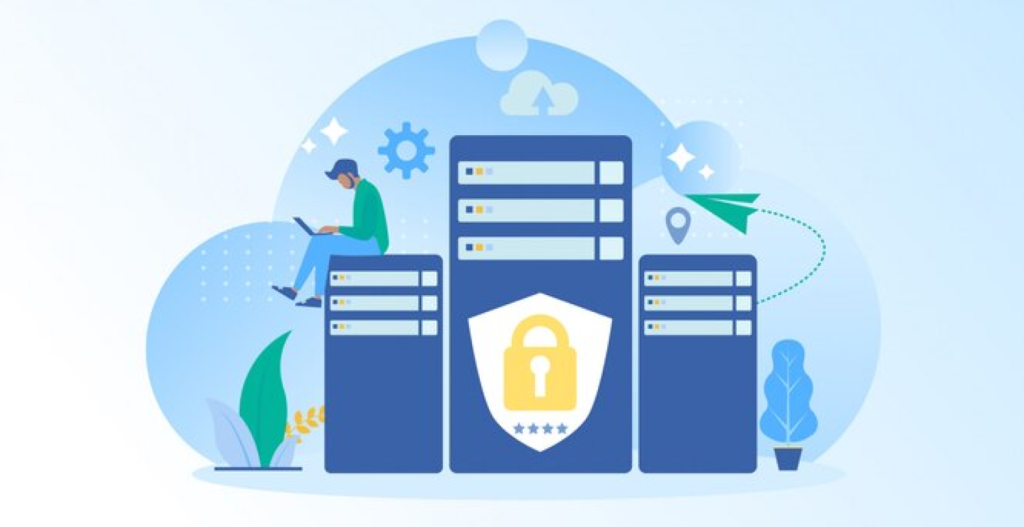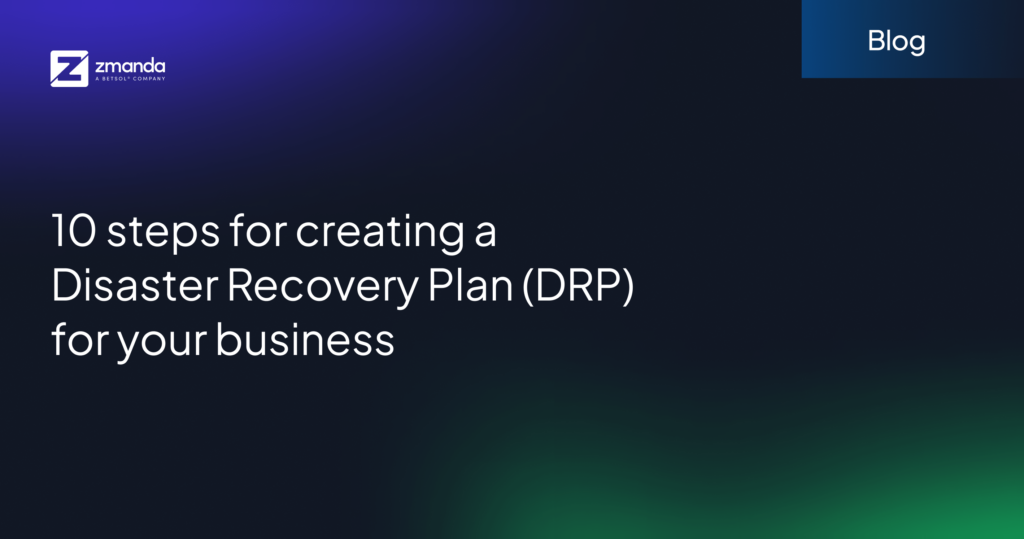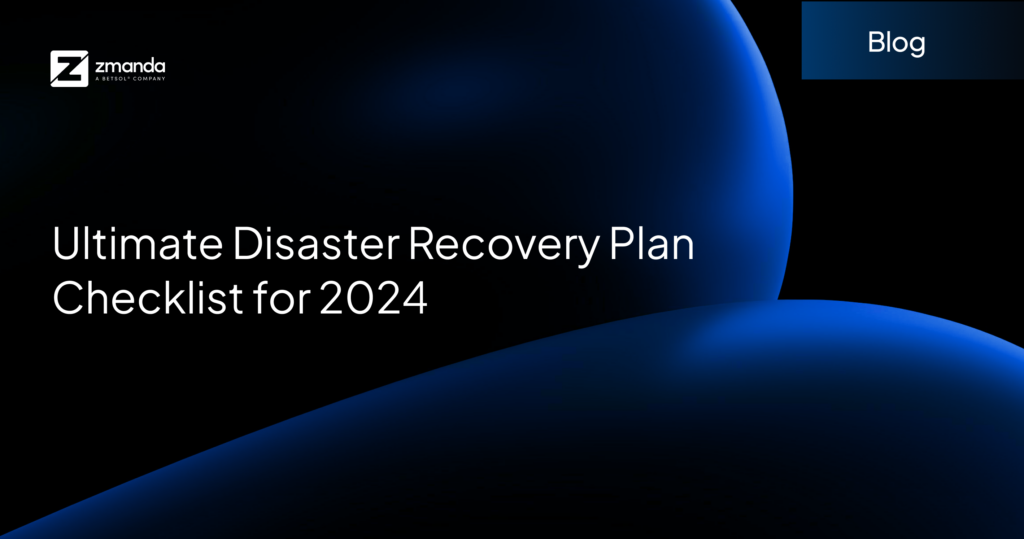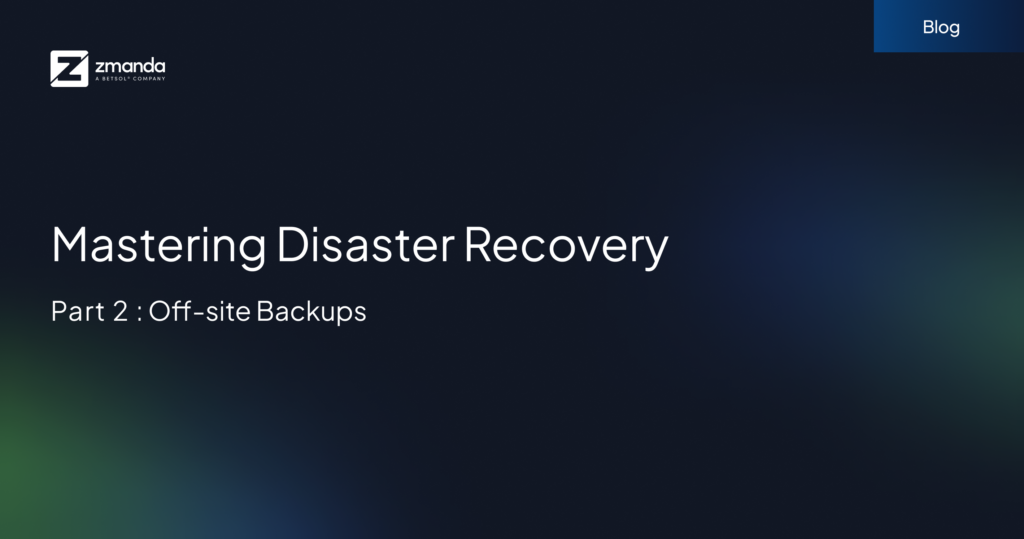
Did you know that 32% of the total ransomware victims pay the ransom, despite this, they get just 65% of their data back according to a study by Forbes. The protection of digital assets is more crucial now than ever before. You can lose your data due to several reasons, from cyber-attacks to natural disasters.
Therefore, you need to protect your business with a well-tested disaster recovery plan that keeps your bottom line stable no matter what. Fortunately, moving data to the cloud instead of keeping it on-prem, has made something as complex as disaster recovery quite effortless. Cloud disaster recovery is something businesses can use to host their data on the internet. In addition, it is an alternative to local storage elements, as it offers excellent data integrity.
What is Cloud Disaster Recovery?
Cloud disaster recovery is an approach to restoring lost vital business data by leveraging cloud backup resources. It allows for high availability and uninterrupted process flows. Disaster recovery used to be an expensive proposition, with all the hardware, software, and employees needed to maintain it. However, cloud disaster recovery has eliminated this issue with its scalability. In addition, you can now pay-as-you-go for implementing your disaster recovery solution. In simpler words, you need not spend more money than what is needed to meet your requirements.

Why do you need Cloud Disaster Recovery?
No matter how small or large, data loss can turn into a severe problem for businesses nowadays. The time within which the business operations return to normal is also crucial. With so much riding on data security, having a robust disaster recovery plan is non-negotiable. Out of the many approaches to disaster recovery, cloud DR offers a considerable advantage in terms of cost and uninterrupted access to data. It even allows you to secure your data with low overhead and costs. In addition, cloud disaster recovery will enable you to restore your critical data shortly. This matters a lot when a disaster strikes because the longer your business downtime is, the more money you lose. Any business, be it small or medium-sized, can bounce back from any security threats and natural disasters in no time with the help of a cloud recovery solution.
What are the Benefits of Cloud Disaster Recovery?
- Easy to Use: Disaster recovery (DR) solutions can be tested and adopted in no time with minimal effort. When disaster strikes, you don’t experience downtime but considerable pressure to restart operations for business continuity. An easy-to-use DR solution will help you in such scenarios.
- Scalability & Agility: You can increase or decrease the data storage capacity as per your requirements.
- Improved Data Protection: With disaster recovery in cloud solutions, you can recover and protect your data with top-notch security practices and encryption.

4. Implementation in no time: Rapid deployment with set-up and configuration wizards
5. Go cloud, Go Green: Less energy consumption, reduced power costs, and, no need for large server rooms.
Comparing Cloud Disaster Recovery With Traditional Disaster Recovery
| Cloud Disaster Recovery | Traditional Disaster Recovery |
| Low cost as it runs on cloud infrastructure | High cost due to investing in infrastructure and maintenance |
| The site can be restored in seconds or minutes | The site can be restored in minutes or hours |
| High durability because of data storage on cloud media | Lower durability as physical media degrades over time |
| Greater flexibility for recoverability patterns | Limited flexibility for recoverability patterns due to high costs and infeasibility |
The takeaway? Cloud Disaster Recovery (Cloud DR) offers lower costs, rapid site restoration in seconds or minutes, and high durability through cloud-based data storage. Its flexibility allows for various recoverability patterns. In contrast, Traditional Disaster Recovery involves higher costs, slower restoration times in minutes or hours, and lower durability due to physical media degradation, with limited flexibility. The choice depends on organizational priorities, budget, and recovery objectives, emphasizing the need for a tailored approach to ensure business continuity.
Exploring Cloud Disaster Recovery Strategies
Various strategies in cloud disaster recovery (DR) are employed to safeguard data and ensure business continuity. Here, we delve into three primary approaches:
- Cold DR: This method involves storing data or virtual machine (VM) images in a remote location. While it’s the simplest and least expensive option, recovery from a disaster is typically slower, requiring additional steps such as downloading data or loading VM images.
- Warm DR: A standby approach where duplicate data and applications reside with a cloud DR provider, regularly updated to mirror the primary data center. Although faster to recover than cold DR, there’s still some downtime as resources need to be activated and traffic redirected to the DR site.
- Hot DR: This advanced approach maintains live, synchronized deployments of data and workloads across multiple sites. Both the primary data center and the DR site actively handle workload traffic, ensuring seamless continuity. While offering zero downtime, hot DR is the most complex and costly option.
Organizations can tailor their approach by prioritizing critical workloads for hot DR while employing warm or cold DR for less critical ones. It’s crucial to assess each workload’s needs and select a cloud DR provider capable of supporting the chosen strategies effectively.
Selecting Cloud Disaster Recovery Options
Data centers offer businesses different options for data protection. In cloud-based disaster recovery(DR) strategies, managed applications are popular components. They store both primary production data and backup cases in the cloud that a provider manages. Thus companies need not depend on on-premises backups. Instead, they can reap the benefits of the cloud in a usage-based model.
A hosted or managed recovery solution brings you a comprehensive cloud-based platform with the required hardware and software to support your operations. If you choose this option data and applications remain on-premises with only data backed up on the cloud infrastructure and restored as needed. This solution can be a cost-effective option compared to other traditional options such as offsite backup and local data backup.
However, the process to recover applications may be slow. Many vendors offer cloud backup services, but it is recommended that businesses check with their respective vendors if this is an option to make the implementation as easy as possible. The next viable option is to back up and restore data from the cloud infrastructure.
In simpler words, data is stored on virtual machines in the cloud instead of on-premises servers, necessitating cloud storage and cloud computing services. When a disaster strikes, the restore process can be executed, or it can be recurring. Recurring backups are crucial when the recovery goals are short. It ensures data is kept up to date through resource sharing.
Replication to virtual machines in the cloud is a feasible DRaaS (Disaster Recovery as a Service) for the applications and data with short objectives. Replicating to the cloud means ensuring data and applications are protected in the cloud and on-premises.
Getting Started With the Cloud Disaster Recovery Solutions
Once you have decided on the type of disaster recovery in the cloud solution you want, the next step is to look for options available with different cloud disaster recovery services. There are quite a few options in the market, such as VMware Cloud disaster recovery, Google Cloud disaster recovery, and Oracle Cloud disaster recovery. Many vendors offer different pricing packages, which may include a certain number of users, application backup, data backup, and frequency of backup.
Cloud Disaster Recovery Solutions with Zmanda
Zmanda Pro’s Cloud Disaster Recovery Solutions epitomize resilience in the face of uncertainty. Seamlessly harmonizing with top-tier cloud providers, Zmanda offers a suite of backup and recovery solutions meticulously designed to safeguard businesses from the unexpected. Whether it’s ensuring swift recovery, preserving data integrity, or seamlessly adhering to compliance protocols, Zmanda equips organizations with the confidence to navigate turbulent times. Explore how Zmanda can fortify your disaster recovery strategy discreetly yet effectively.
Also, be sure to check out Rutgers Case Study: How the University Saved Tens of Thousands of Dollars


